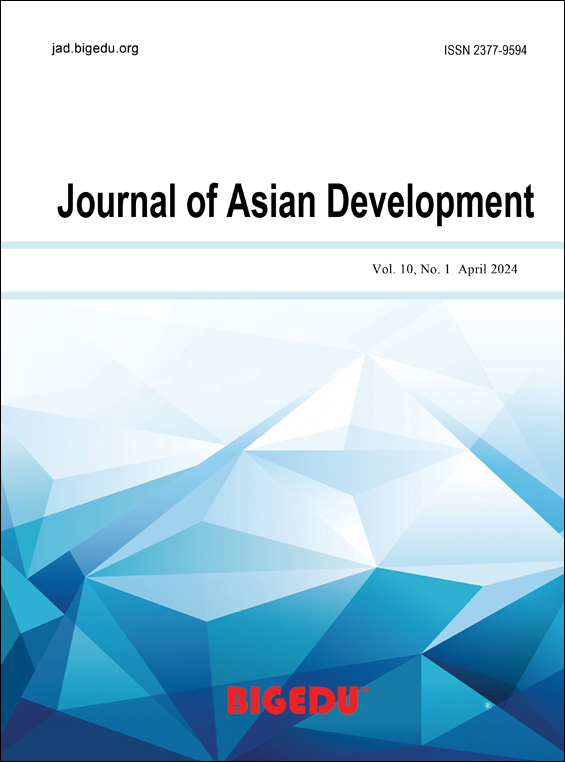A Decentralized Centralization in Cultural Heritage Management of Singapore
DOI:
https://doi.org/10.52941/jad.v10i1.55Keywords:
Cultural Heritage Management, Centralized Structure, Decentralized Structure, Architectural Heritage Conservation, SingaporeAbstract
In view of the importance of cultural heritage management, this paper aims to review and critically think of a cultural heritage management structure combining decentralization and centralization, by examining the managerial issues associated with architectural heritage conservation in Singapore. Its heritage management structure is interpreted around statutory boards and their grassroots support, drawing a clear picture of how Singaporean cultural heritage is preserved and managed in a decentralized-centralization structure. On this basis, a critical thinking about Singapore’s structure of cultural heritage management is developed. This paper found out that Singapore with a typical centralized managerial structure set up statutory boards as governmental agency to enhance the flexibility of operating conservation projects, avoiding possible weakness of state-centered management framework. In addition, this paper argued that a management system in combination with centralization and decentralization seems commonplace around the world, on the grounds that a pure centralized structure is often accompanied by cumbersome bureaucracy and the function of a pure decentralized structure is generally constrained due to possible stereotyping behaving and thinking way of civil servants with professional backgrounds.
Downloads
Published
How to Cite
Issue
Section
License
Copyright (c) 2024 Xiang Qian

This work is licensed under a Creative Commons Attribution-NonCommercial 4.0 International License.
Copyrights of all articles published in Bigedu Foundation are retained by the authors, with first publication rights granted to the journal. The journal/publisher is not responsible for subsequent uses of the work.
All articles are published under the Creative Commons Attribution (CC-BY) license.
Authors have the rights to reuse, republish, archive, and distribute their own articles after publication, and undertake to permit others to distribute, remix, adapt, and build upon this work non-commercially provided the original work is properly cited. The full guidance that applies to the CC-BY license can be found at http://creativecommons.org/licenses/by/4.0/







